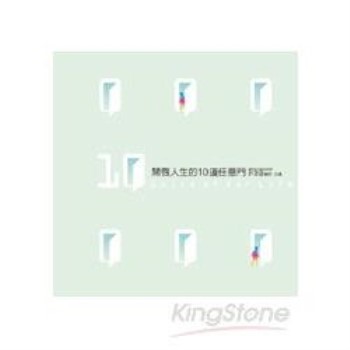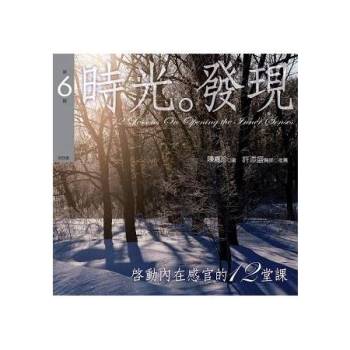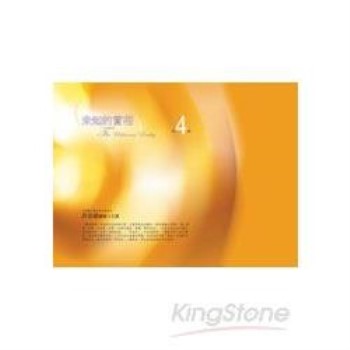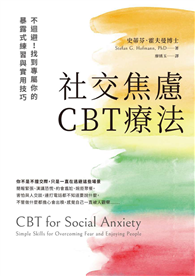Each summer between 1790 and 1860, hundreds and eventually thousands of southern men and women left the diseases and boredom of their plantation homes and journeyed to the healthful and entertaining Virginia Springs. While some came in search of a cure, most traveled over the mountains to enjoy the fashionable society and participate in an array of social activities.
At the springs, visitors, as well as their slaves, interacted with one another and engaged in behavior quite different from the picture presented by most historians. In the leisurely and pleasure-filled environment of the springs, plantation society's hierarchies became at once more relaxed and more contested; its rituals and rules sometimes changed and reformed; and its gender divisions often softened and blurred.
In Ladies and Gentlemen on Display, Charlene Boyer Lewis argues that the Virginia Springs provided a theater of sorts, where contests for power between men and women, fashionables and evangelicals, blacks and whites, old and young, and even northerners and southerners played out--away from the traditional roles of the plantation. In their pursuit of health and pleasure, white southerners created a truly regional community at the springs. At this edge of the South, elite southern society shaped itself, defining what it meant to be a "Southerner" and redefining social roles and relations.












